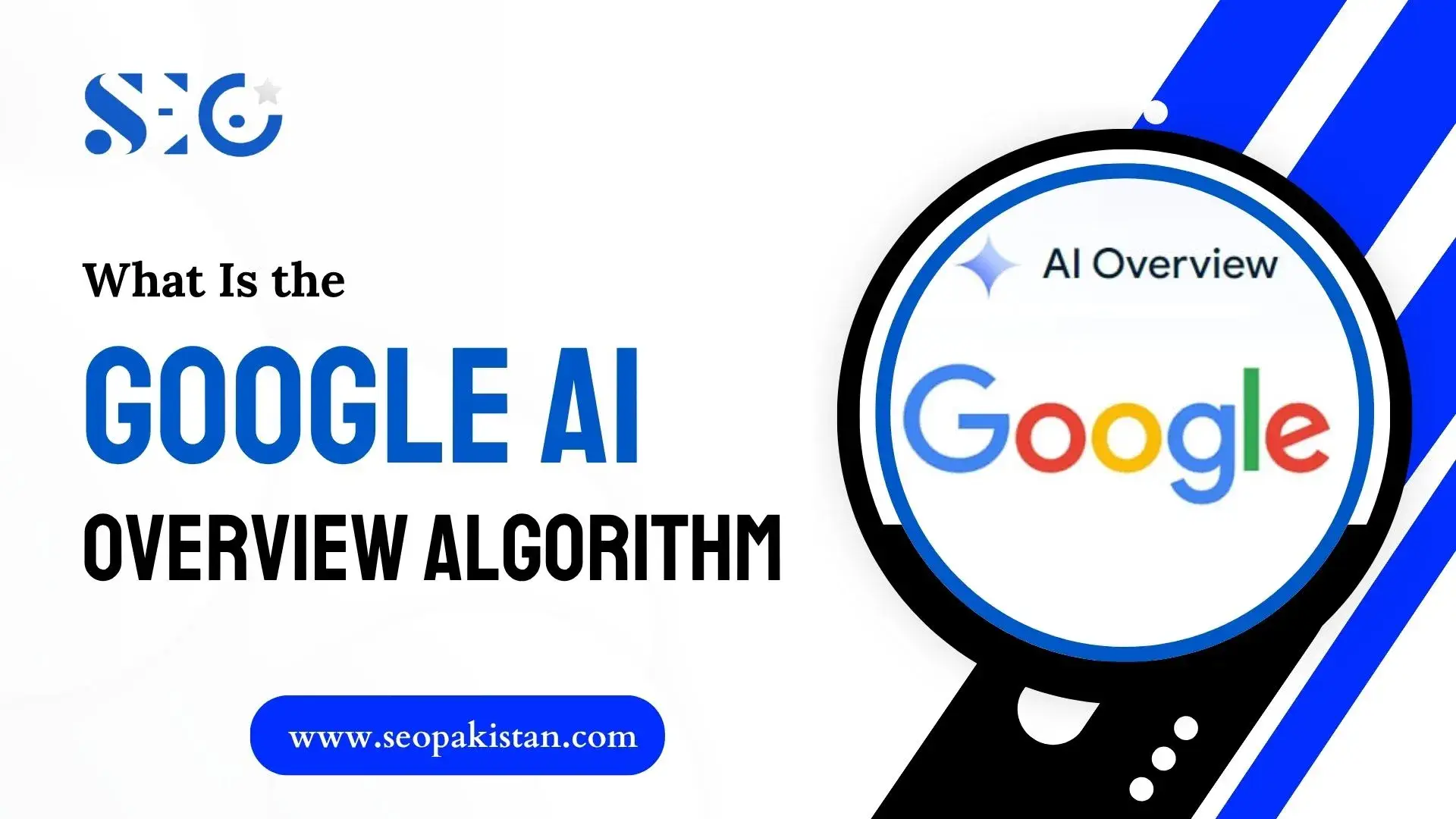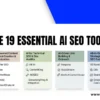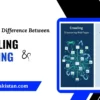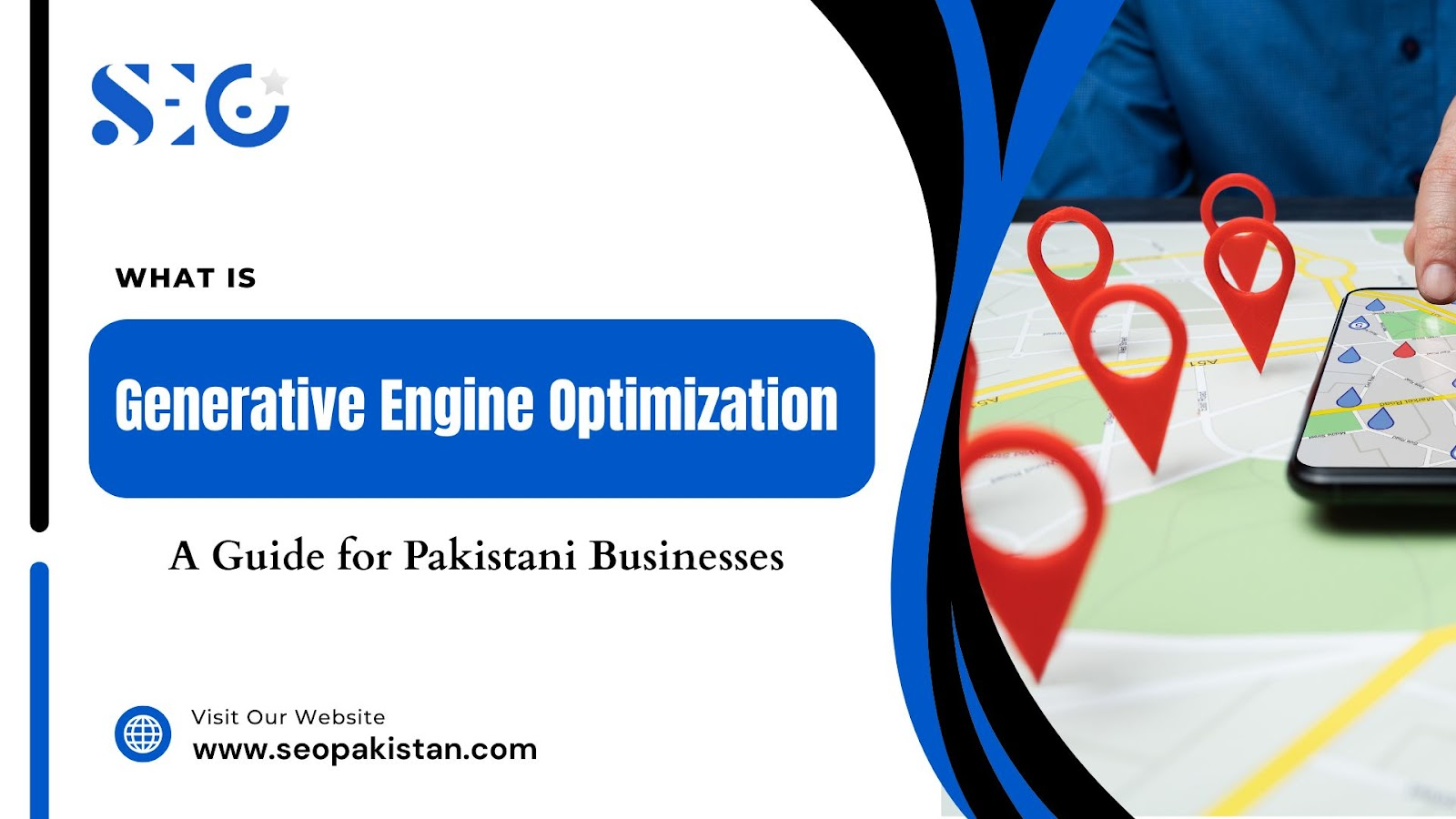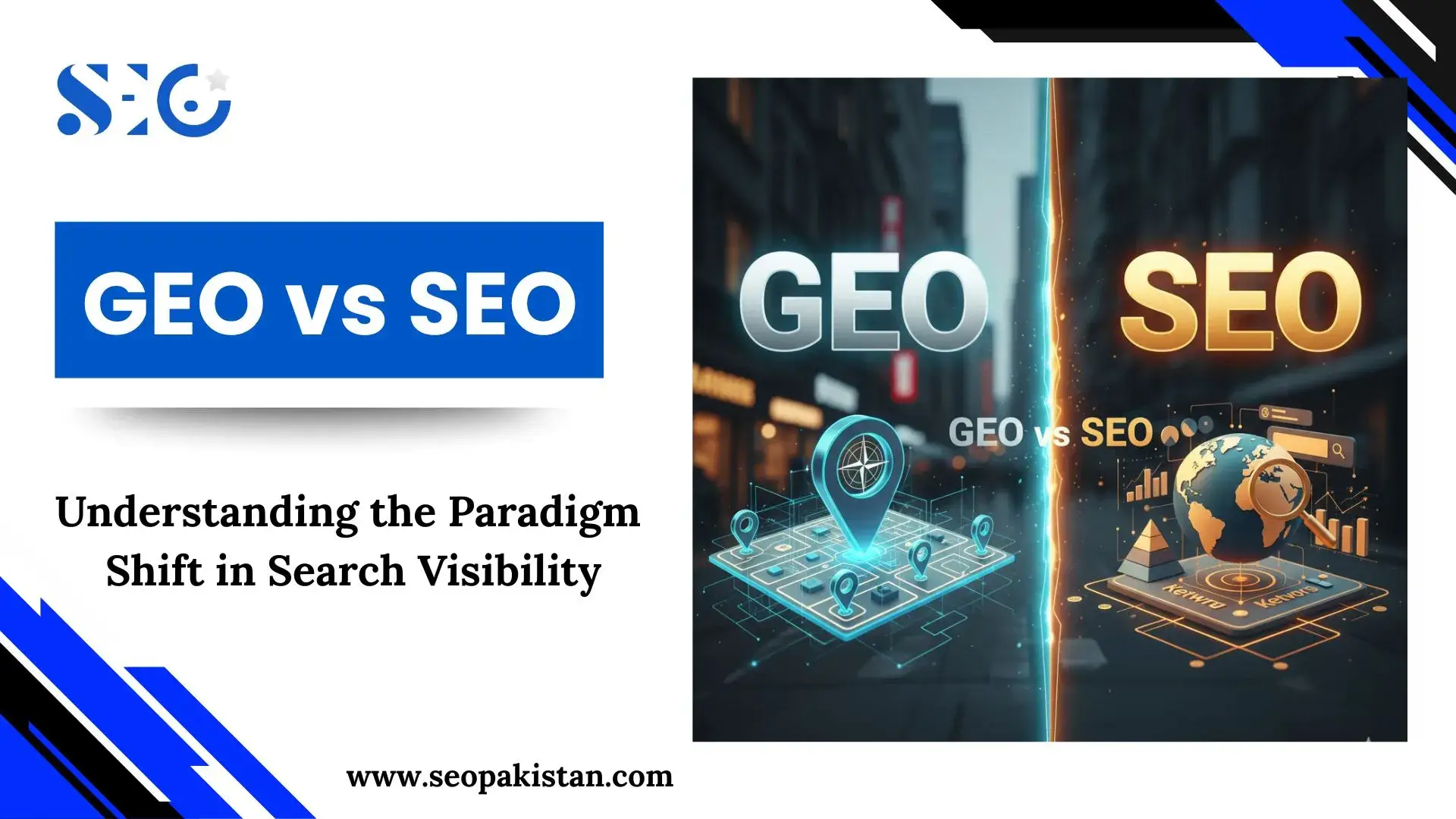The search landscape is changing. Google’s introduction of AI Overviews marks one of the most significant shifts in how we find information online. Instead of just a list of blue links, users are now often greeted with a conversational, AI-generated summary that directly answers their questions.
This feature, powered by a complex algorithm, is reshaping the rules of search engine optimization.
For businesses and content creators, understanding this new reality is critical. The strategies that once guaranteed top rankings are no longer enough.
This post will break down how the Google AI Overview algorithm works, what it looks for in your content, and the specific steps you can take to optimize for it. By the end, you will have a clear roadmap for adapting your strategy to thrive in this new era of search.
The New Search Reality
Before diving into optimization tactics, it’s essential to understand what AI Overviews are and why Google introduced them. This context explains the fundamental shift from traditional SEO to a new discipline: Answer Engine Optimization (AEO).
What is a Google AI Overview?
A Google AI Overview is an AI-generated snapshot that appears at the top of the search engine results page (SERP). It aims to provide a direct, comprehensive answer to a user’s query by synthesizing information from multiple high-quality web pages.
These overviews can include text, images, and links to the source websites, presented in a conversational format.
Why Did Google Introduce AI Overviews?
Google’s primary goal has always been to deliver the best possible answer in the shortest amount of time. AI Overviews are the next evolution of this mission. They were designed to:
- Satisfy User Intent Faster: For many queries, users want a quick answer, not a list of websites to sift through. AI Overviews deliver this instant gratification.
- Handle Complex Queries: Multi-faceted questions like “what are the best restaurants in Brooklyn with a patio that are also dog-friendly?” are difficult for traditional search to handle. AI can understand the nuance and synthesize an answer from various sources.
- Enhance the User Experience: By providing a direct summary, Google aims to create a more seamless and efficient search experience, keeping users on its platform.
This evolution signifies a major transition from Search Engine Optimization (SEO) to Answer Engine Optimization (AEO). The focus is no longer just on ranking; it’s on being the source of the answer.
The “Query Fan-Out”
How does AIO handle complex questions? It uses a method called the “query fan-out.” The AI deconstructs a primary user question into a series of smaller, more specific sub-queries. For example, a query like “what is the best SEO strategy for a new e-commerce site?” might be broken down into:
- “Effective on-page SEO for e-commerce”
- “Link-building tactics for new online stores”
- “Importance of technical SEO for e-commerce”
- “Content marketing for product pages”
The AI then gathers the best information for each sub-query from various sources and synthesizes it into one coherent AI Overview. This approach allows it to provide nuanced and comprehensive answers that draw from a wide range of expertise.
How the Google AI Overview Algorithm Works

The algorithm that powers AI Overviews is not a single entity but a sophisticated system that integrates several of Google’s core technologies. It relies on advanced AI models to understand queries, evaluate content, and construct a useful summary.
The Role of Large Language Models (LLMs)
At the heart of AI Overviews are Google’s powerful Large Language Models (LLMs), most notably Gemini and its predecessor, the Multitask Unified Model (MUM). These models are responsible for:
- Understanding Natural Language: They decipher the intent behind complex, conversational search queries.
- Synthesizing Information: They read and process content from multiple web pages to pull out the most relevant facts and ideas.
- Generating Coherent Answers: They assemble the extracted information into a readable, conversational summary for the user.
Integration with Core Ranking Systems
The AI algorithm does not operate in a vacuum. It is deeply integrated with Google’s established core ranking systems, including the Helpful Content System and various spam detection algorithms.
This means that the content eligible for AI Overviews has already been vetted for quality and relevance by Google’s traditional ranking signals. The AI then adds another layer of analysis to select the best pieces of information for its summary.
Dependency on Knowledge and Shopping Graphs
Google’s Knowledge Graph (a vast database of entities, facts, and relationships) and Shopping Graph (a similar database for products) provide a foundation of verified information.
The AI algorithm cross-references information from web pages with these graphs to ensure factual accuracy and provide structured data, like business hours or product prices, directly within the overview.
What Makes Content Eligible for AI Overviews?
Not all content is created equal in the eyes of the Google AI Overview algorithm. To be considered a source for an AI Overview, your content must demonstrate exceptional quality, authority, and clarity.
E-E-A-T and Technical Trust
E-E-A-T are not just guidelines; they are a critical filter for AI Overview. Recent Google documentation confirms that for “Your Money or Your Life” (YMYL) topics, E-E-A-T signals are a primary focus.
AIO is designed to prioritize information from sources that demonstrate clear credibility. The system evaluates a site’s reputation, the author’s credentials, and the overall trustworthiness of the content before considering it for citation.
Without strong E-E-A-T signals, your content is unlikely to be selected.
Semantic SEO and Clarity

AI thinks in terms of concepts and relationships, not just keywords. Optimizing for Natural Language Processing (NLP) is essential. This means focusing on semantic SEO by using natural language, covering topics comprehensively, and targeting long-tail informational queries.
Here’s how to improve your content’s clarity and semantic context:
- Structure your content logically: Use clear headings and subheadings (H1, H2, H3) to organize your information.
- Build a rich semantic context: Use synonyms and related terms naturally throughout your text.
- Aim for topical completeness: The clearer and more comprehensive your content is, the better an AI can understand its value and relevance.
How to Optimize for Google AI Overviews
Optimizing for AIO requires a strategic approach that blends content creation with technical precision. The goal is to make your content the most attractive source for the AI to pull from.
Rule 1: Answer, Then Explain (The Citation Block)
To get cited in AIO, you must structure your content for AI consumption. The most effective tactic is the “Answer, Then Explain” model. Start a section with a “citation block”, a clear, concise, and direct answer to a potential question, ideally in a single sentence or a short paragraph.
Immediately follow this block with a more detailed explanation, providing context, examples, and supporting data. This format makes it easy for the AI to extract the core answer while still offering deeper value to users who click through to your page.
Rule 2: Target Question-Based Queries
Use tools to identify long-tail keywords and questions that users are asking (like those found in Google’s “People Also Ask” sections). Create content that specifically answers these questions. The more directly you address a user’s query, the more likely you are to be featured.
Rule 3: Structured Data is Non-Negotiable
Structured data, or schema markup, gives search engines explicit information about your page’s content. For AIO, this is no longer optional. Implementing a schema helps Google’s AI quickly understand the purpose and format of your content. What types of schema are most effective?
- FAQ Schema: Mark up question-and-answer sections on your page.
- HowTo Schema: Use this for step-by-step guides and instructional content.
- Definition Schema: Clearly define key terms and concepts within your industry.
Using structured data makes your content machine-readable, dramatically increasing its chances of being featured in AIO and other rich results.
Rule 4: Use Clear Formatting for Data Extraction
Make your content easily scannable for both users and AI.
- Use clear, descriptive headings (H2s, H3s).
- Organize information with bulleted and numbered lists.
- Present data in simple tables.
This structured formatting helps the AI parse and extract key information efficiently.
Actionable Visibility Check (Do This Now)
How can you see where your content stands today? Test the three key query types that most often trigger AI Overviews:
- Perception Queries: Search for terms like “[Your Brand] vs. [Competitor]” to see how AIO perceives your position in the market.
- Listicle Queries: Use searches like “best [product/service] in [your industry]” to check if your offerings are included in AI-generated lists.
- Comparison Queries: Enter questions such as “compare [product A] and [product B]” to assess if your content is used to draw distinctions.
Performing this check will give you a baseline understanding of your current visibility within AIO and reveal opportunities for improvement.
The Future of Google’s AI Algorithm
AI Overviews are just the beginning. Google’s AI capabilities will continue to evolve, becoming more sophisticated and personalized.
Master the Google Business Profile (GBP):
For local queries, Google Business Profile is a primary data source for AIO. Ensure your GBP is fully optimized and regularly updated. This includes accurate business hours, a precise address, high-quality photos, and responses to customer reviews. A strong GBP signals local relevance and trust to Google.
Multi-Step Reasoning:
Expect AI to handle even more complex, multi-step queries that require planning and reasoning, such as “find a three-day itinerary for a family trip to San Diego on a budget of $500.”
Optimize for Urdu/Local Voice Queries:
Voice search is growing, and many users in Pakistan make queries in Urdu or use localized phrasing. Optimize your content to answer questions posed in natural, conversational Urdu.
Include phonetic English spellings of Urdu terms to capture a wider range of voice queries, making your content more accessible to both users and the AI.
The Need for Originality:
As AI becomes better at synthesizing existing information, content that offers original research, unique data, and firsthand experience will become increasingly valuable. This is the type of content that AI cannot easily replicate, making it a powerful differentiator.
Final Thoughts
Google’s AI Overviews are transforming SEO from a game of keywords to a quest for the best answers. This shift to “Answer Engine Optimization” means your content must be the most definitive source available.
To stay ahead with the Google AI Overview Algorithm, focus on demonstrating strong E-E-A-T signals and creating original, data-driven content that AI can’t easily replicate. Structure your information clearly and optimize for natural, conversational language, including local search queries.
By adopting these strategies, you can establish your website as a trusted authority for both users and AI, ensuring you remain visible in this new search landscape.
So, are you ready to optimize your content for Google’s AI Overviews? Visit seopakistan.com to learn how our experts can help you thrive.
Frequently Asked Questions
What is a “citation block”?
A citation block is a 1-2 sentence paragraph placed immediately after a heading that provides a clear, direct answer. This format makes it easy for the AI to extract and cite your information.
Will AI Overviews reduce my website traffic?
They can increase zero-click searches for simple facts. However, links cited within the AIO often receive higher quality, more engaged clicks. Track “Share of Answers” as your new primary metric.
Is Structured Data required for AIO?
While not strictly mandatory, Structured Data (like FAQ and HowTo schema) is highly recommended. It gives the AI explicit, machine-readable information, drastically increasing your chance of being featured.
Can I block my content from being used in AI Overviews?
Yes, you can. By using the nosnippet meta tag on a page, you prevent Google from displaying a text snippet in search results, which effectively blocks it from being used in AI Overviews. However, this also removes your traditional rich snippet, reducing visibility entirely.

